Interview: Pascal Technologies CEO talks long-range electrification
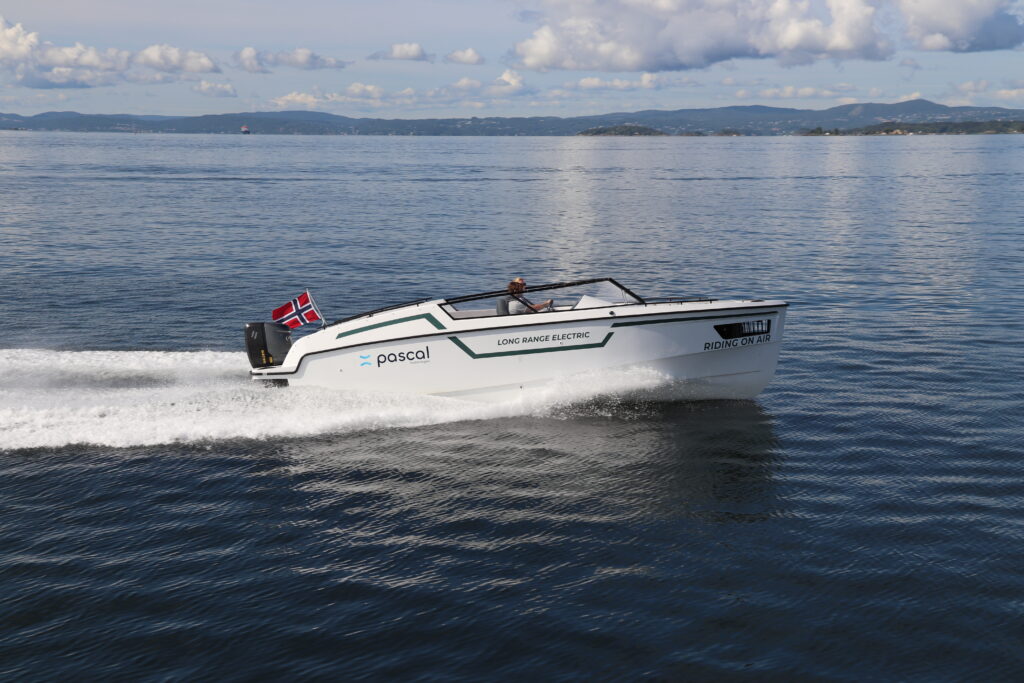
Pascal Technologies is helping boatbuilders offer long-range electric boats and ferries and was one of the 15 startups selected to showcase at November’s METSTRADE Startup Pavilion, supported by Yachting Ventures.
CEO Carl Rehn says that although the maritime industry is actively trying to become more sustainable, the industry tends to be somewhat conservative in embracing change.
What has been the biggest lesson since you started the business?
“The transition to zero-emission solutions is slower than we initially expected. Even in regions like the Nordics, where the adoption of electric mobility solutions is relatively high compared to the rest of the world, the maritime sector has only just begun its transition. It’s important to recognise that the entire maritime value chain, including propulsion producers, battery suppliers for marine applications, and charging infrastructure, needs to undergo a transformation.
“In general, we’ve observed that the maritime industry is lagging approximately ten years behind the automotive sector in terms of electrification. However, we are optimistic that once the momentum builds, the transition in the maritime industry will accelerate, especially since we have access to valuable insights from the automotive sector’s transition.”
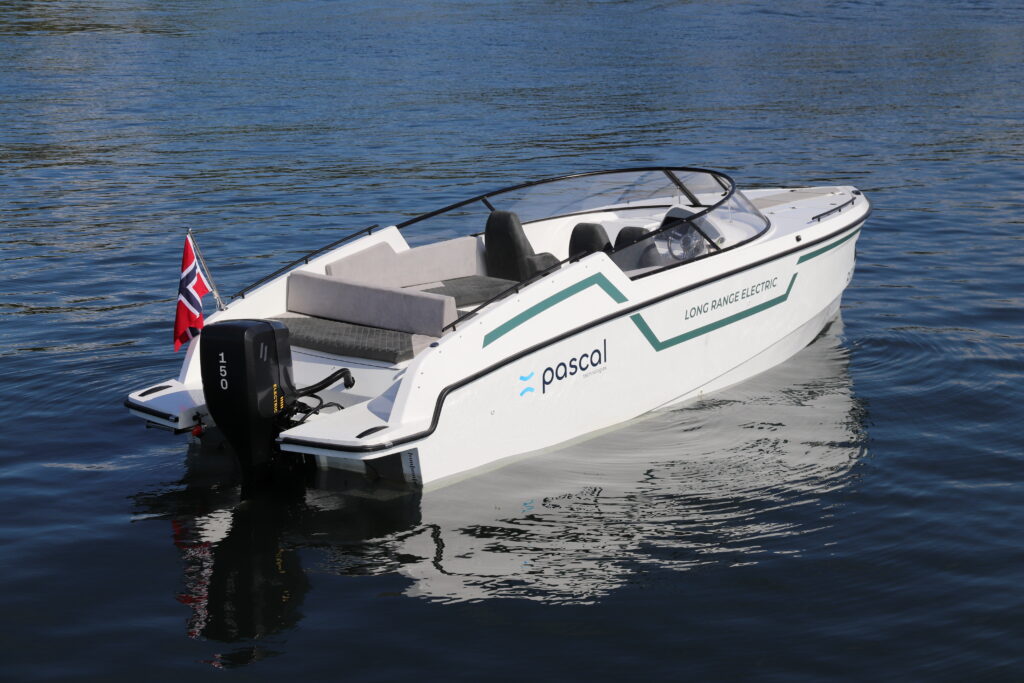
What makes you different to the competitors in your space?
“Pascal Technologies’ number one priority is to enhance energy efficiency. We want to enable electric boats with long range so that the users don’t have to feel like they are compromising on performance or convenience to go electric.
“Compared to other conventional electric boats, we can double the electric range at high speed, and push battery costs down. This is key to making electric relevant and a feasible option for more segments.”
Pascal Technologies’ CEO Carl Rehn
Describe some of the company’s current applications and projects
“Currently, we are working on three projects within both the commercial and leisure boat sectors. Two of these projects are focused on commercial applications. One of them is the development of a crew transfer boat designed for the aquaculture industry. This boat is intended to transport crew and equipment to nearby fish farms efficiently. In our other commercial project, we are designing and developing a centre console boat tailored for various applications that require efficient transportation of crew and light equipment between different locations. Additionally, we are working with the leisure boat segment, with an initial focus on a day cruiser concept ideal for families seeking recreational activities and day trips. For all of these projects we enable the owners to cut emissions, lower noise, and reduce operational costs.”
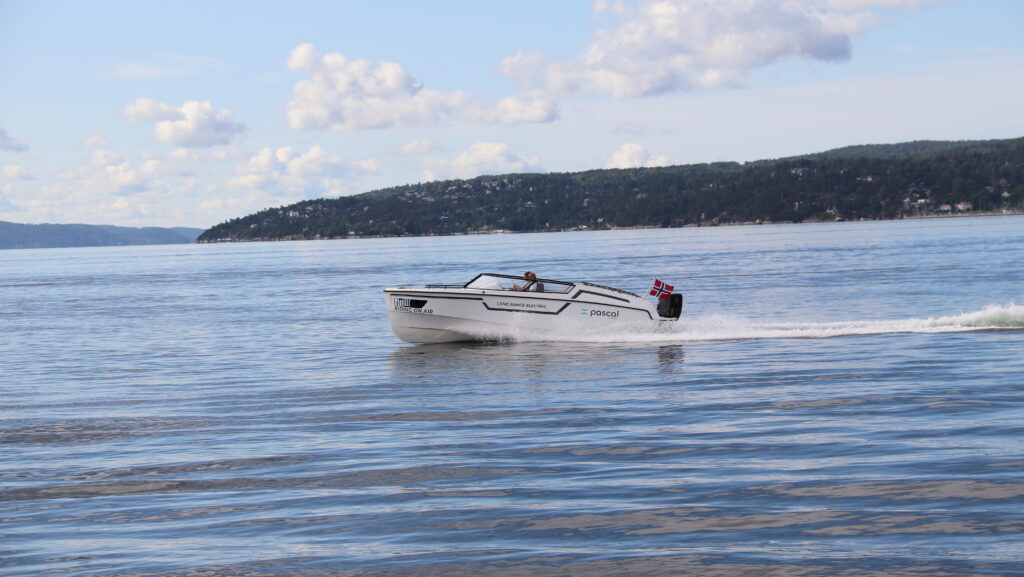
What needs to be in place to make your product more successful?
“As the world transitions to a low-carbon economy and reducing emissions become increasingly important, the relevance of our products will become more and more clear. The key to our success lies in continued technological innovation, market education, and collaboration with industry players to increase the adoption of energy-efficient maritime solutions. One particular point to mention is the need to build out charging infrastructure. Additional factors could include favourable regulatory support and securing long-term financial support and investments.”
What are the opportunities and the biggest challenges in your market?
“The maritime industry is a considerable contributor to CO2-emissions, and all parts of the industry are looking for solutions to be more energy efficient, and transition to low carbon fuels. Right now we are focusing on smaller planing vessels, but there is a large potential also for displacement vessels. The biggest challenge we face is the need to accelerate the industry’s transition, overcoming conservative views and building awareness about the benefits of our energy-efficient solutions.”
How is your consumer changing?
“Our customers are becoming increasingly conscious of the environmental impact of their operations and are actively seeking ways to reduce their emissions. They are also becoming more tech-savvy, open to adopting innovative solutions for better efficiency and sustainability. Increasingly, they demand transparent reporting on environmental metrics and are willing to invest more upfront for long-term gains in operational cost savings and sustainability.”

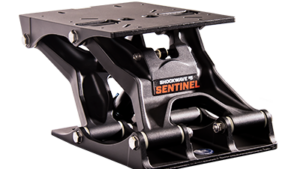

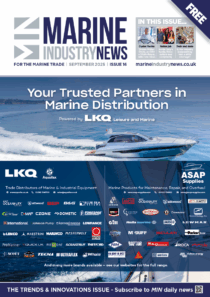







The marine industry is 10 years behind automotive. Always has been and likely always will be. EVs, at least in he US, are not taking off as hoped, in spite of large subsidies from government and price cuts fro manufacturers. Dealers are reporting increasing stockpiles of unsold EV’s. Although I am doing my part as I own and love two Teslas.
In the recreational sector, ICEs are as quiet as electric propulsion, so this is not an advantage. Recreational ICEs have made significant advances in reducing carbon emissions and other greenhouse gases in the past 20 years. There are huge disadvantages with electric propulsion for recreational marine currently that will not be addressed easily. And, as long as most of the electricity needed to recharge these batteries globally is produced by coal it is harder to make the case they reduce carbon emissions. And of course the issues related to most of the rare earth metals needed in battery production coming from China presents challenges. Yes, there is much work to be done up and down the supply chain to make electrification of recreational marine, truly viable and truly carbon reducing.
Any suggestion that Marine is a substantial contributor of CO emissions is flawed. According to ICOMIA, Recreational marine represents only 0.1% of all carbon emissions and propulsion is only responsible for 40% of that. By comparison, An industry that is a substantial contributor of carbon emissions is the global concrete industry. Fortunately, Marine does not require as much concrete infrastructure as Automotive.
This seems like a tough sell in the recreational sector but may have, and may need, to be addressed earlier in the commercial sector, before we will see much opportunity in the recreational sector. Which is not to say, there are some small markets on small lakes, and rivers, where electric could be a viable alternative. But even that comes with some of the negatives mentioned above.
I welcome opportunities to be better educated on new developments, and any inaccuracies in my comments above and hiw electric engines can really address the recreational marine sector for long range uses.
Again, I own two EV‘s and will never go back to an ICE car but I suffer no illusions about the tough road ahead for both EV’s and even more so electric propulsion for recreational vehicles. From a marine industry perspective there are probably much larger gains to be had in the commercial sector. This is not to say that the recreational marine sector shouldn’t be doing all it can to enhance sustainability.
Whilst one cannot disagree with the sourcing of components as highlighted by Thomas Dammrich, these are outweighed in the inland waterways sector by the massive environmental benefits of electric propulsion. We have been and selling electric boats for thirty years and occasionally selling original Victorian electric boats. They are low maintenance, quiet, zero emissions at point of use, easy to operate and benefit wildlife and water quality. No contest!